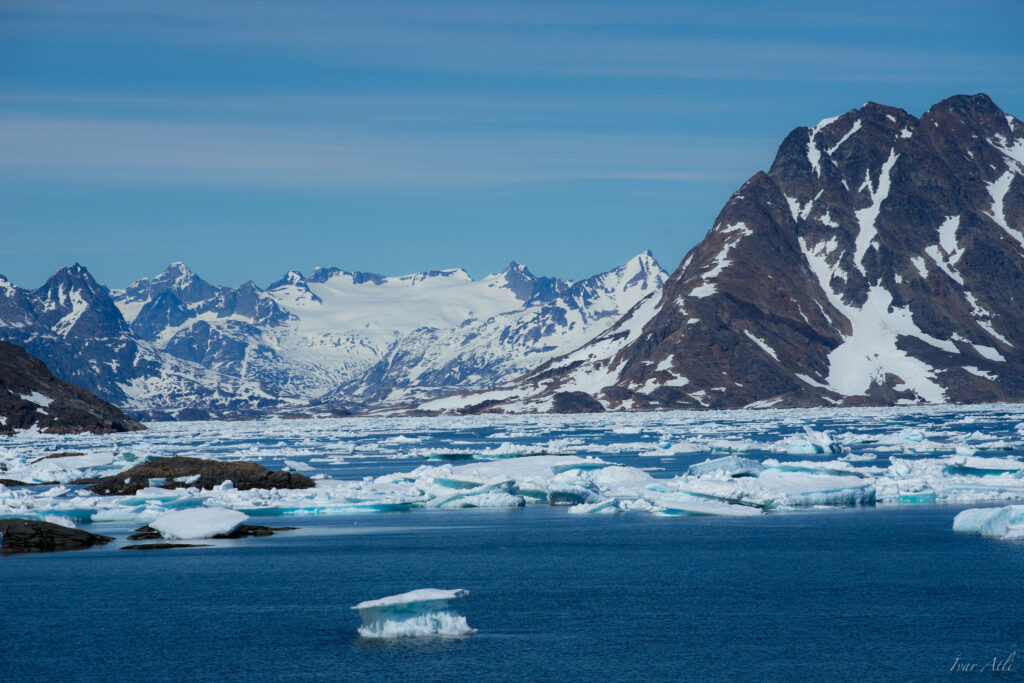The Earth has lost 28 trillion tons of ice between 1994 and 2017, a group of United Kingdom researchers found based on satellite surveys of glaciers, mountains, and ice sheets. This could cause sea levels rise to steeply increase, possibly reaching a meter (three feet) by the end of the century.

Based at Leeds and Edinburgh universities and University College London, the researchers described the level of ice loss as “staggering” and warned that the melting of the ice is reducing the planet’s ability to reflect solar radiation back into space (albedo). As ice disappears, the soil is absorbing more heat and warming the planet.
But that’s not it. Ecosystems in the Arctic and Antarctic waters are being disrupted by cold freshwater pouring from glaciers and ice sheets. Meanwhile, the loss of glaciers located in mountain ranges could mean the loss of fresh water sources on which many communities rely on across the world.
“In the past researchers have studied individual areas – such as the Antarctic or Greenland – where ice is melting. But this is the first time anyone has looked at all the ice that is disappearing from the entire planet,” co-author Andrew Shepherd told The Guardian.
“What we have found has stunned us.”
Arctic sea ice (7.6 trillion tons), Antarctic ice shelves (6.5 trillion tons), mountain glaciers (6.2 trillion tons), the Greenland ice sheet (3.8 trillion tons), the Antarctic ice sheet (2.5 trillion tonnes), and Southern Ocean sea ice (0.9 trillion tons) have all decreased in mass, the study found.
Up to 60% of the ice loss was from the northern hemisphere, and the remainder was from the southern hemisphere. The rate of ice loss has risen by 57% since the 1990s – from 0.8 to 1.2 trillion tones per year – owing to increased losses from mountain glaciers, Antarctica, Greenland, and from Antarctic ice shelves.
The majority of all ice loss was driven by atmospheric melting (68% from Arctic sea ice, mountain glaciers ice shelf calving, and ice sheet surface mass balance), with the remaining losses (32% from ice sheet discharge and ice shelf thinning) being driven by oceanic melting.
“To put the losses we’ve already experienced into context, 28 trillion tonnes of ice would cover the entire surface of the UK with a sheet of frozen water that is 100 metres thick,” group member Tom Slater from Leeds University told The Guardian. “It’s just mind-blowing.”
The researchers argued there’s “little doubt” that climate change is behind the staggering losses. They note that the planetary surface temperature has already grown by 0.85ºC since 1880 and that this has been amplified in the polar regions. Sea and atmospheric temperatures have risen as a result, triggering the ice losses.
The findings come a week after researchers found in another study that Greenland’s ice sheet, the world’s second-largest ice body, might have passed a point of no return. The snowfall that replenishes the country’s glaciers every year can’t keep up with the pace of the ice melt, meaning the ice sheet will lose ice even if temperatures stop rising.
The study was published in the journal Cryosphere Discussions.









